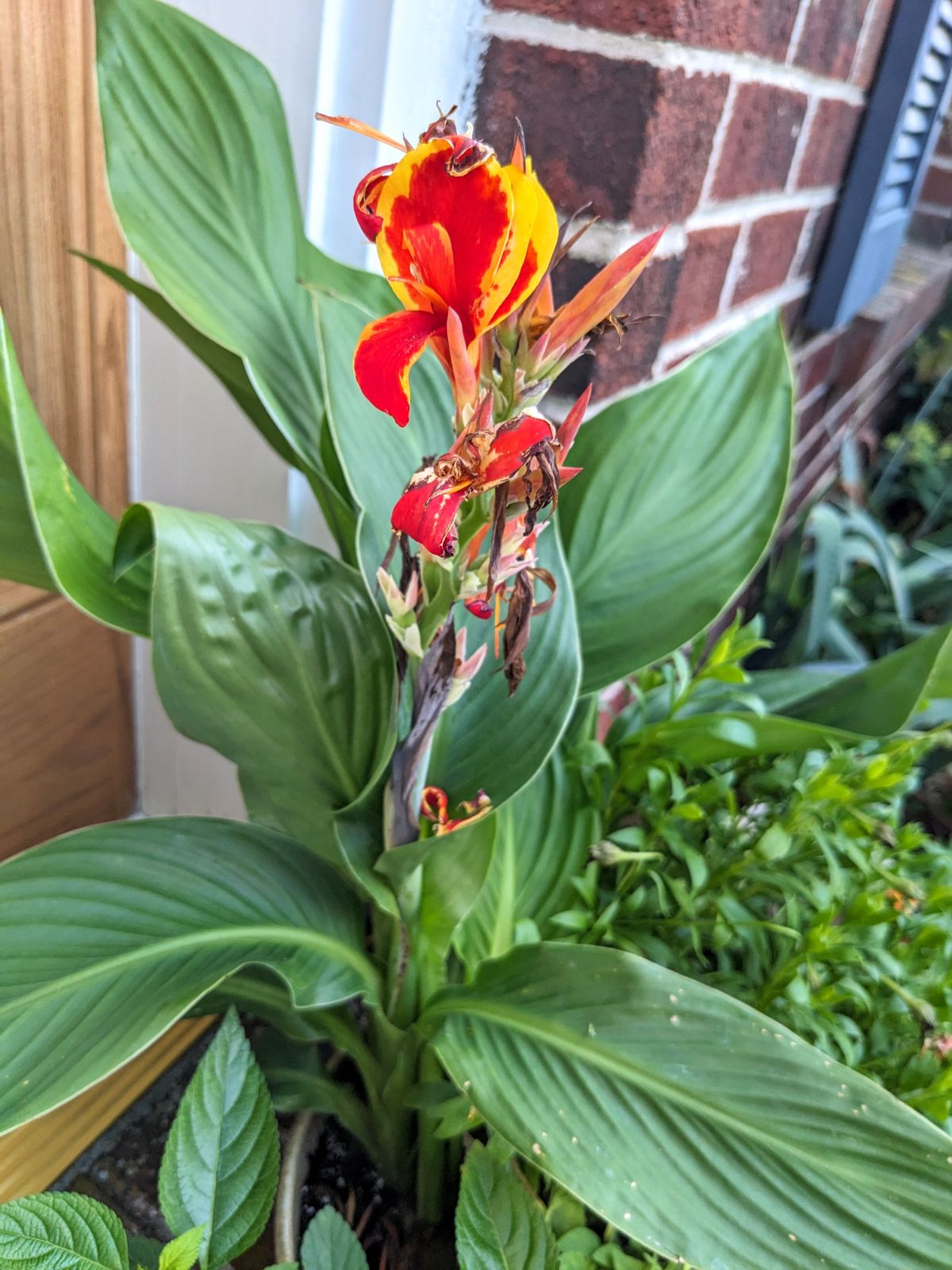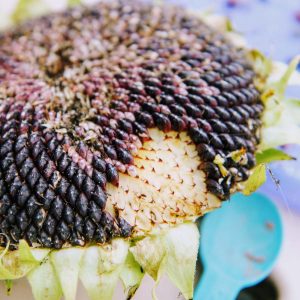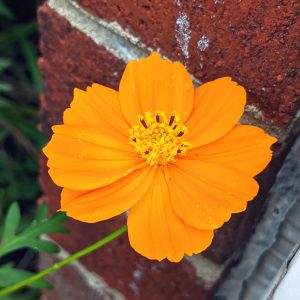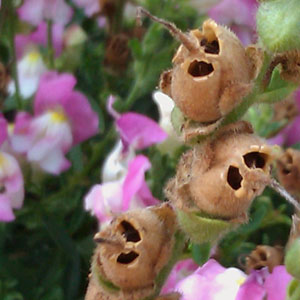How to Deadhead Canna Lilies
Gorgeous in the garden, canna lilies produce tropical foliage accented by spikes of flowers that bloom continuously. Learn how to deadhead canna lilies to keep this tender perennial looking its best all season, and onward. Deadheading cannas is so quick and easy!
Cannas grow from rhizomes that send up shoots of leaves and eventually, flower stalks. After the flowers are done blooming, you can save canna seeds or remove the spent blooms so the plant can focus on more pressing matters.
The canna deadheads can take on an interesting look! You may find dry, brown seed pods filled with dark, hard, round seeds.
Or, you might find these interesting green spike balls before the seed pods finish forming.

If they haven’t pollinated, you might also just find empty flower stalks with some brown, dried petals.
Either way, deadheading cannas only takes a few seconds!
Deadheading Cannas
It’s easy to learn how to deadhead a canna lily. Once you see the spent blooms, then you can remove faded flowers on demand.
The question arises – should you remove the entire canna flower stalk or just the spent bloom? Different gardeners prefer their own methods and either technique may be beneficial to the plants.
Personally, I snip away just the dead canna blossoms and leave the rest of the plant to sort itself out.
Here’s why.
By deadheading canna lilies, you are telling the plant NOT to produce seeds and to instead focus on the flowers, foliage, and rhizome growth beneath the ground. This conserves a lot of energy!
Redirecting this energy helps to promote bigger, better, and more impressive perennials in the long run!

Canna Lily Deadheading Steps
Follow these simple steps to help your cannas perform their best.
- Identify spent blooms on your canna plant.
- Use pruners or strong scissors to gently snip away the faded bloom below the flower cluster.
- Tip: If you see any dry, ripe seed pods, harvest those canna lily seeds first!
- Tip: If you see any dry, ripe seed pods, harvest those canna lily seeds first!
- Repeat for any additional canna deadheads.
- Discard spent blooms with your yard waste.

Continue to monitor your cannas throughout the season and snip away deadheads as you notice them.
Also, don’t worry if you miss some or don’t have enough time for this task. It’s okay!
Some gardeners prefer to let nature do its thing and they may not deadhead canna lily plants at all.
I’ve made a point to deadhead my cannas when I have time and also find myself totally unable to get to every garden chore. Yet, they do continue to thrive year after year!
FAQ

Cannas are not new by any stretch – according to the UMass Extension, canna lilies enjoyed popularity in gardens back in the Victorian era.
Despite their long history, they continue to be an eye-catching showpiece in modern gardens as well.
By the way, if you enjoyed this post, you might also like our other posts on this beautiful tropical perennial:
Do you have any questions or tips to share on deadheading canna lily plants? We love hearing from you!
Happy Gardening!
09.20.23 – Updated to add link to collecting canna seeds.






